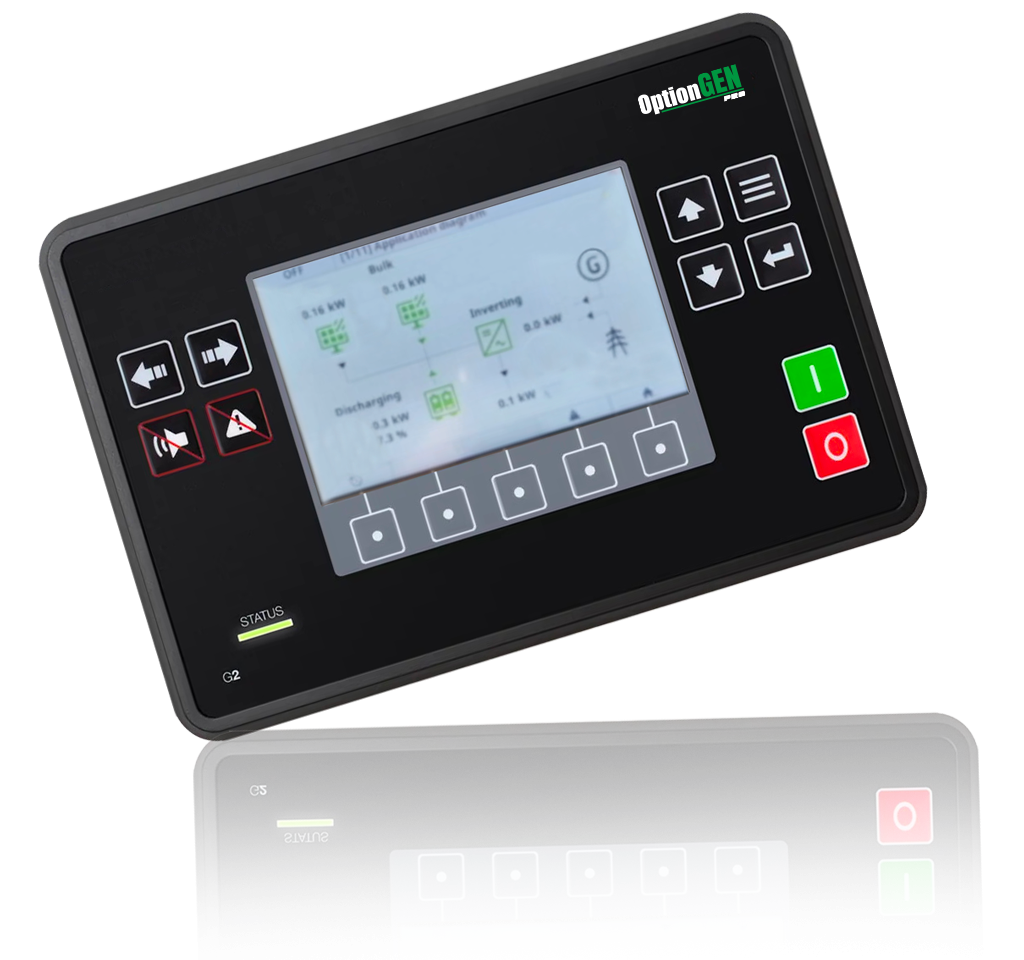
Guide to telemetry integration for lighting towers. Part 1
Lighting towers play a crucial role in providing temporary illumination for a wide range of applications across the UK, from construction sites and outdoor events to emergency situations and infrastructure projects.

To enhance the efficiency and effectiveness of these lighting solutions, telemetry integration is becoming increasingly popular, allowing businesses to remotely monitor, control, and improve the performance of their lighting towers.
What is Telemetry?
Telemetry is an automated communication process in which data and performance measurements are collected from a vehicle, machine, or plant item, and transmitted to remote receiving equipment for monitoring and analysis. Telemetry is used in various industries, including metrology to collect weather data, oil and gas, green energy generation (e.g. to monitor the performance of wind turbines on remote sites), medicine (e.g. to monitor the temperature of vaccine refrigerators), construction, logistics, and even space exploration and wildlife tracking.
In the context of temporary lighting towers, telemetry uses wireless technology to monitor and sometimes control the operation of these towers automatically from a remote location. Applications include the ability to track various parameters such as fuel consumption, battery level, performance and operational hours. In many systems, telemetry data is collected and transmitted to a cloud-based storage space in real time, allowing users to immediately respond to any issues that may arise, such as maintenance alerts or battery recharging/refuelling requirements.
Telemetry Components for Lighting Towers:
A lighting tower telemetry system consists of three major components or subsystems: a series of sensors connected to different parts of the tower, a communication system, and a remote central monitoring system. Let’s look at each of these components in more detail for an understanding of how they operate together
1. Sensors:
Sensors are the eyes and ears of the telemetry system, collecting the raw data from the lighting towers – relating to light intensity, engine temperature, and so on.
2. Communication System:
The communication system is the heart or nerve network of the telemetry system, consisting of the wireless infrastructure that transmits the data from the lighting tower sensors to a central data repository, monitoring, and analytics system. Most modern systems utilise wireless technologies, such as Wi-Fi, 4G, or even satellite connections, but some are also set up for wired connections in areas with limited wireless connectivity (e.g. many construction sites, and greenfield festivals). The communication system allows the lighting towers to be monitored remotely, e.g. through a smartphone app, making it ideal for remote and difficult to access locations.
3. Central Monitoring System:
This is the brain of the telemetry system, which receives and processes the data transmitted by the communication system in real time. The central dashboard usually includes software to analyse the data, generate reports, and trigger alerts based on predefined conditions, as well as a user interface. Some systems also allow remote control of the lighting tower, enabling users to turn the lights on and off remotely, and even troubleshoot mechanical issues
Telemetry applications are extremely useful for any business that uses temporary lighting towers on remote locations. Industries in which lighting tower telemetry applications are currently used include:
- Construction Sites

- Events
- Infrastructure Projects
- Emergency Lighting
Benefits of Telemetry for Lighting Towers
Telemetry systems have numerous useful benefits for lighting towers owners and operators, including improved efficiency, reduced environmental impact, and lower operational costs. Telemetry systems also enhance the safety of lighting towers by quickly flagging up potential problems before they escalate, and delivering valuable data for long-term financial planning and the optimisation of lighting tower deployment sites.
In the sections below we will explore how the specific features of modern telemetry systems increase the value and productivity of lighting towers
1) Remote monitoring and control - Telemetry communication works both ways. Not only does the system deliver data from the lighting tower to the central monitoring system, but messages and instructions can also be sent the other way, in order to operate the tower remotely. For example, with a telemetry control interface, managers can turn lights on and off from a remote location, helping to save energy by ensuring that the lights are only on when needed, and reducing the need for personnel to physically visit the location to control or adjust the lights.
2) Energy efficiency and environmental sensing- Performance monitoring brings not only financial and cost efficiencies for operators of lighting towers, but also sustainability benefits, too. Implementing a telemetry system provides numerous opportunities to improve energy efficiency, minimise light and noise pollution, and reduce the environmental footprint of a project.
3) Data analysis and reporting- The efficiency of a telemetry system depends, ultimately, on its ability to accurately collect data, and to convert this data into a useful form, providing a variety of reporting mechanisms to users to support intelligent decision-making. The telemetry systems provided with our Trime lighting towers collect a wide range of data points from each asset that include energy use, operational status, and location, which can be analysed through the user dashboard to deliver a variety of valuable insights. For instance, energy consumption data can be used to identify opportunities for improving efficiency and saving money, while location data can help you optimise asset planning and utilisation. An intuitive reporting system is also provided to make data accessible in an easily digestible form for managers, operators, and stakeholders, all at the click of a button.
Find out more benefits in part 2!
To find out more about the advantages of our Telemetry and how we can help, please contact us.








